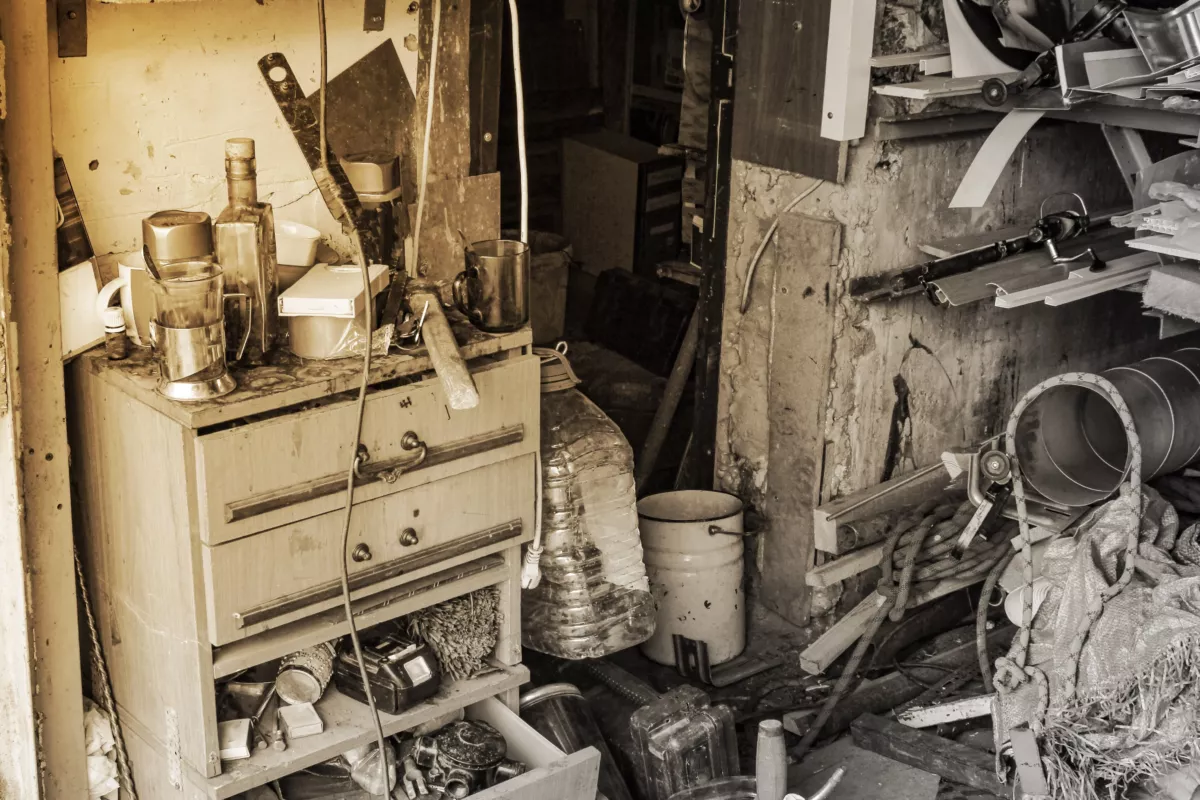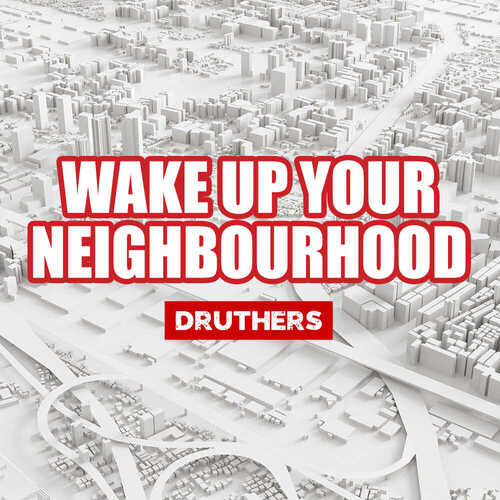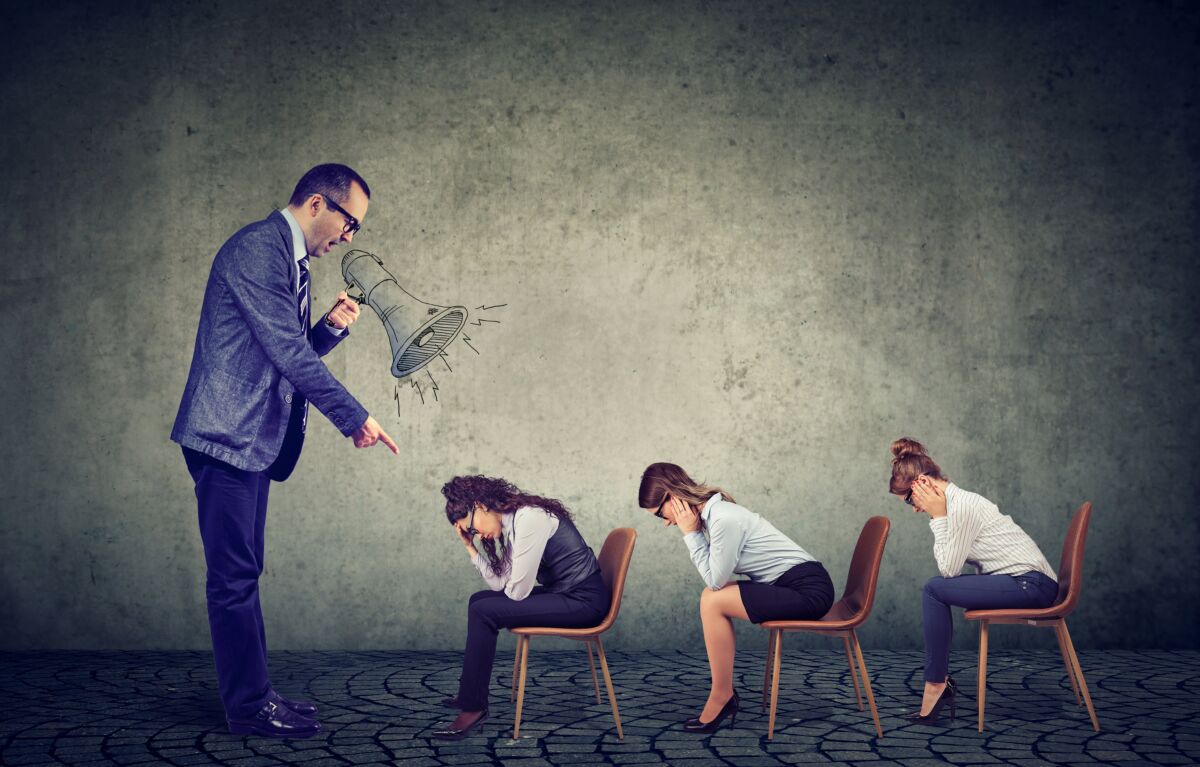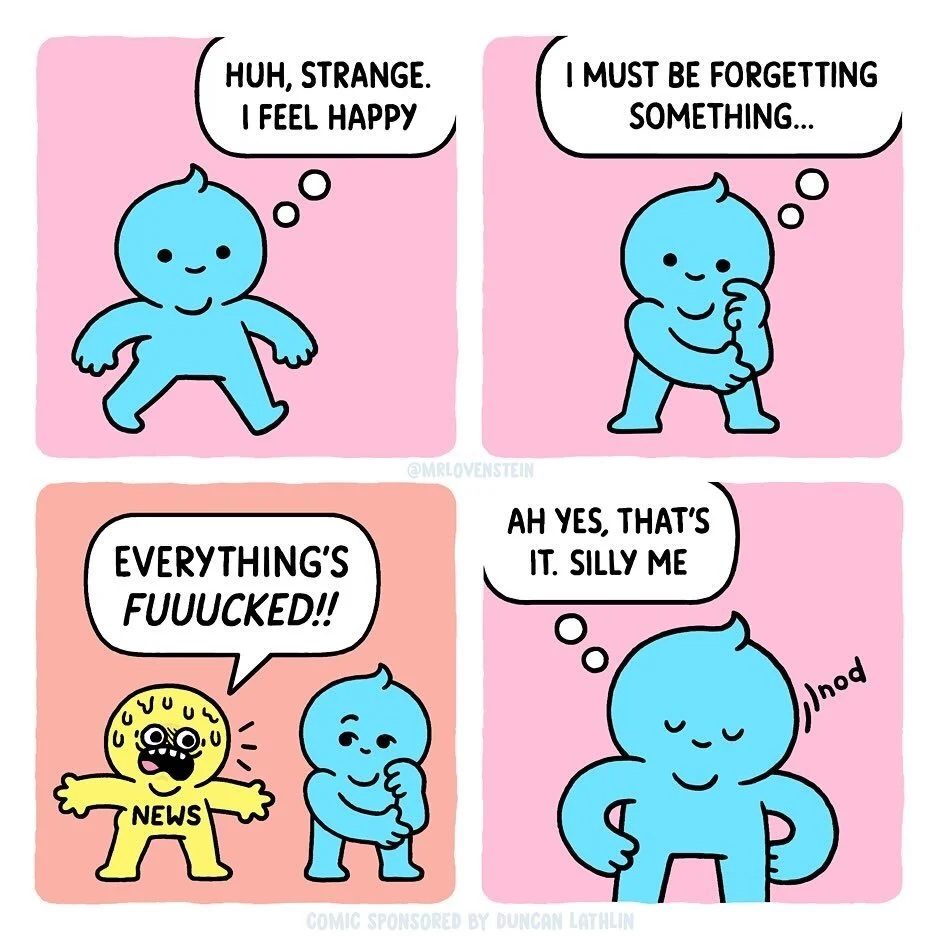A Crumbling Foundation
Why True Health Is More Than Just Fighting Disease
By Roman Bystrianyk | romanbystrianyk.substack.com
It is not true each individual must run the gamut of measles, scarlet fever, whooping cough, diphtheria, tuberculosis, and the like if proper precautionary measures be taken at the outset. Sunshine, fresh air, wholesome nutrition, exercise, rest, and the hygienic mode of living are far more effectual than all the subsequent medication in existence.
—Oral Hygiene, vol. 1, no. 1, January 1911
A House Primed for Disaster: When Neglect Turns a Spark into an Inferno
Imagine a home so cluttered and neglected that every surface is buried beneath towering stacks of yellowed newspapers, tattered magazines, and forgotten relics of the past. The air is thick with the scent of dust and decay. In the basement, a forgotten arsenal of toxic and volatile chemicals sits in rusting cans and brittle glass bottles—some highly flammable, others emitting an acrid stench of corrosion. Cobwebs drape over corroded pipes, and the wooden beams, swollen with age and rot, groan under the strain of time.
Upstairs, the house teeters on the edge of catastrophe. The dryer heaves and groans, choked with layers of caked-on lint—a ticking time bomb of neglect. The electrical circuits hiss and buzz ominously, overloaded with a tangled web of aging wires and carelessly plugged-in devices. Flickering lightbulbs cast eerie, erratic shadows across peeling wallpaper, their dim glow revealing the slow, insidious decay creeping through every room. Every corner whispers of impending disaster, a tragedy waiting to unfold.
Then, one fateful day, it happens. A single spark—perhaps from a frayed wire, an overheated appliance, or a carelessly discarded match—leaps to life in the midst of this forgotten chaos. In an instant, flames awaken like a ravenous beast, devouring the tinder-dry clutter, racing through the hallways with terrifying speed. Fire licks the walls, heat warping metal, shattering glass, and curling wood into blackened husks. Within minutes, the house erupts into a towering inferno, collapsing upon itself in a cascade of embers and ruin.
Don’t lose touch with uncensored news! Join our mailing list today.
So, what truly destroyed the house? Was it the fire itself, or was it the years of neglect, the unchecked hazards, the slow decay that made catastrophe inevitable? Would a well-maintained, orderly home—free of clutter, with properly maintained appliances and no stockpiles of volatile chemicals—face the same fate? Most of us would say, of course not. A spark in a well-kept home might fizzle out harmlessly, but in a house on the verge of collapse, it ignites devastation. The difference isn’t just the presence of fire—it’s the conditions that turned a single spark into an unstoppable inferno.
The House Is Your Health
In our collective consciousness, we tend to view disease as something external—an invisible microbe, a lurking threat from “out there” that strikes without warning. This fear-driven narrative has shaped medicine for centuries. It was once believed that diseases like scurvy, pellagra, and beriberi were caused by mysterious infectious agents. Yet, we now understand these weren’t caused by germs at all—they were simply nutritional deficiencies, easily prevented and reversed with adequate vitamin C and B vitamins.
And yet, despite this undeniable lesson from history, we continue to apply the same flawed thinking to other illnesses. We attribute diseases such as whooping cough, measles, and scarlet fever solely to pathogens, ignoring the broader context of health and resilience. But how can this possibly be the whole story? The mortality rate for every major infectious disease plummeted toward zero long before vaccines, before antibiotics, and, in some cases, without any pharmaceutical intervention at all. Decades of mortality data all confirm this, and numerous medical studies quietly support it.
The real driver behind this vast decline was not a pharmaceutical intervention—it was the creation of healthier, more resilient bodies. Proper nutrition, cleaner environments, and improved living conditions transformed human health just as maintaining a well-ordered house reduces the risk of fire. Vitamins A, C, and D, along with critical minerals like zinc and magnesium, fortified immune systems, making people naturally resistant to disease.
This was perhaps the greatest but largely forgotten health revolution, beginning in the mid-to-late 1800s. By the mid-20th century, the population was vastly healthier and far less vulnerable to infectious diseases. With deaths from these illnesses reduced by nearly 100%, they were no longer seen as major threats.
The Slow Collapse of Health
Yet, instead of learning from history, we have allowed our collective health to crumble. Our industrialized agriculture churns out vast quantities of food, yet much of it is stripped of the very minerals and nutrients our bodies need to thrive. We consume nutrient-depleted, heavily processed foods laden with artificial preservatives, flavorings, and colorings—entertainment masquerading as nourishment—“foodtainment.”
Through a food industry designed for profit, not health, we refine and strip out life-enhancing nutrients while adding toxic GRAS (Generally Recognized as Safe) chemicals that slowly degrade our well-being. Our modern lifestyle—filled with junk foods, excessive sugar, alcohol, and sedentary habits—has led to skyrocketing rates of obesity, diabetes, and other chronic conditions.
A pandemic of vitamin D deficiency has spread due to our avoidance of natural sunlight. Microplastics now infiltrate every corner of our environment, while pesticides and industrial toxins are so ubiquitous that they are even found in newborns.
In today’s world, an unrelenting tide of stress bombards us from every direction. Mainstream media, social influencers, and politicians fuel a relentless cycle of fear, turning anxiety into a daily companion. This constant state of tension wears down our bodies, weakening our resilience and leaving us vulnerable to illness. Sleep deprivation—whether from chronic stress, excessive screen exposure, or the demands of modern life—compounds the damage. The result? A society trapped in a vicious cycle of exhaustion and declining health, too weary to recognize the forces that keep it that way.
Instead of addressing these underlying health-destroying forces, a massive medical system, misnamed “healthcare,” has arisen to tweak, adjust, and mitigate symptoms. Not only are the foundational problems not generally addressed, but many of the procedures and medications only make a bad health situation worse, in many cases leading to further loss of magnesium, vital minerals, and metabolic balance.
Our “homes”—our bodies—are in a state of catastrophic disrepair. And when disease arises, instead of looking inward at the crumbling foundation, we point fingers outward. We attribute illness to microbes, genetics, or some other external factor, ignoring the reality: our health crisis is largely self-inflicted.
Medicine’s Fatal Blind Spot
Like the spark that burns down a dilapidated home, a similar external “spark” can trigger illness, even death. But where do we put our emphasis? To this day, modern medicine remains obsessed with controlling the “spark” while almost entirely ignoring the structure of the “home.”
For centuries, medicine has upheld the belief that external threats are the problem, a belief that is not only deeply ingrained but also immensely profitable. This has led to a system that largely dismisses the role of personal health and lifestyle in disease prevention. While medicine has no doubt provided many life-saving interventions, especially in the areas of emergency and trauma care, it has often overemphasized medical treatments and interventions at the expense of promoting personal health actions and preventive measures.
But the truth is this: your health is in your hands.
You don’t have to live in fear. You don’t have to rely on external protections alone. You don’t have to accept a system that profits from sickness.
Instead, you can break free from the illusion of helplessness and reclaim control over your health. You can choose to build a stronger, more resilient body. You can fortify your internal “home,” making it less vulnerable to disease—not through blind reliance on pharmaceuticals, but through proper rest, real nourishment, real movement, real sunlight, and real health. By combining the best of both worlds—medical advancements and preventive health—we can build stronger, more resilient bodies and ultimately reduce the reliance on fear-based, reactive treatments.
Because, in the end, sparks will always exist. The question is, will they meet a house in ruins—or one built to withstand the storm?
Originally published at romanbystrianyk.substack.com














